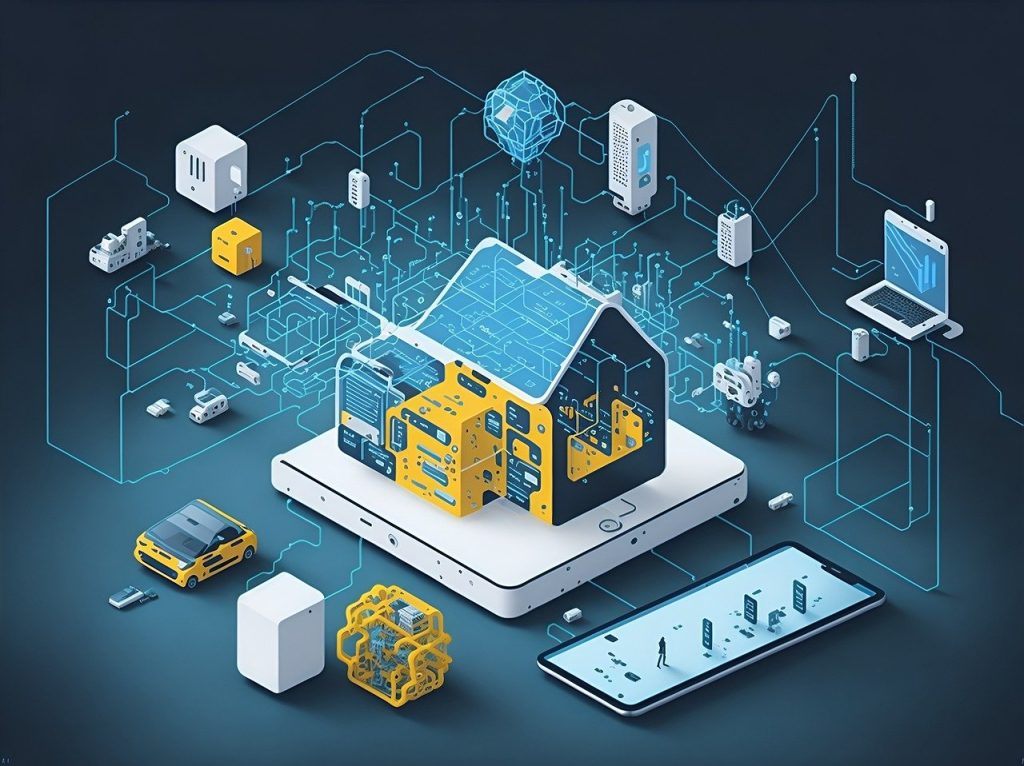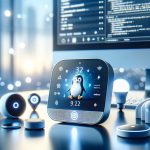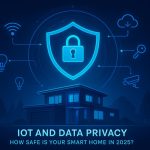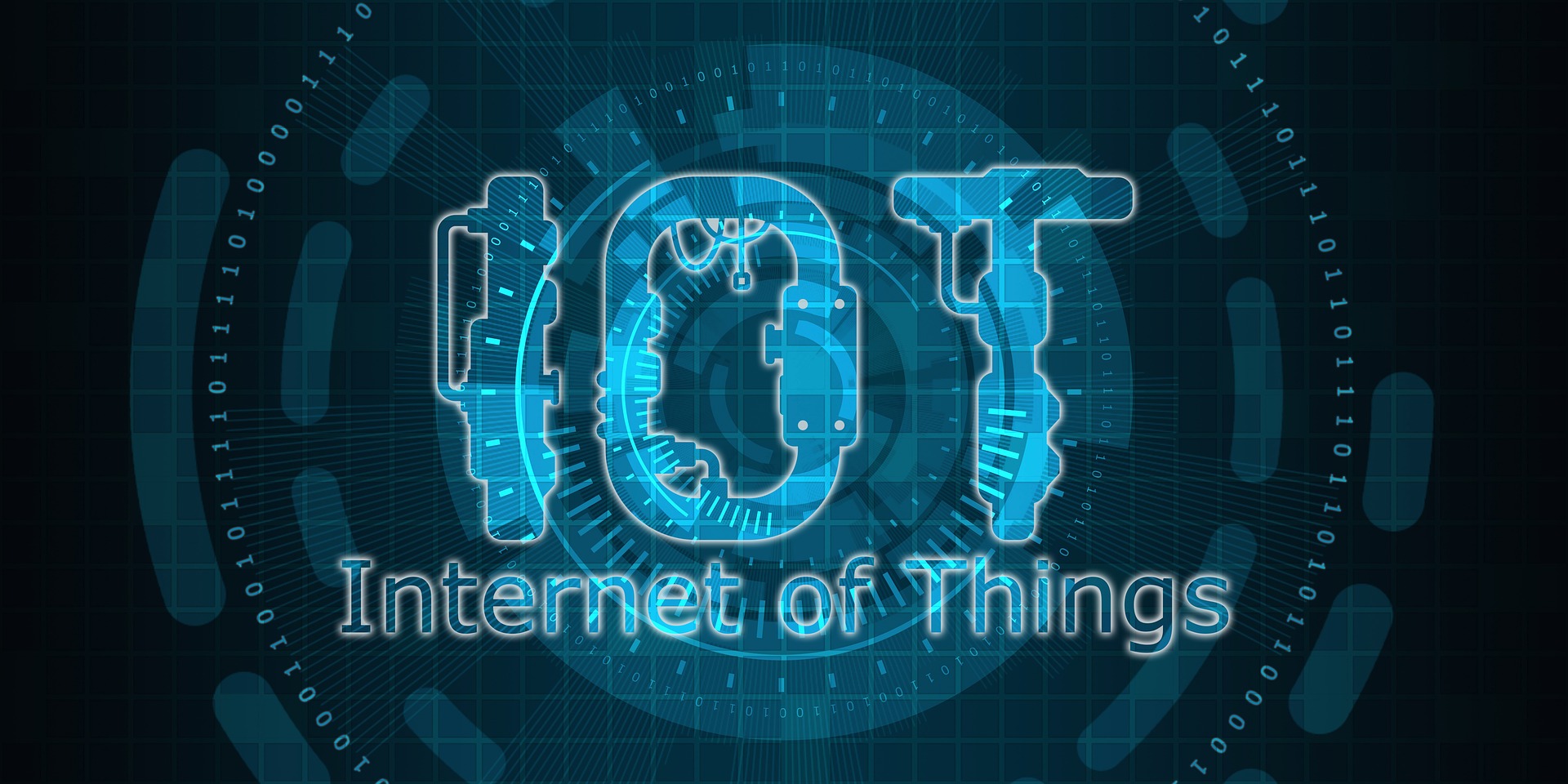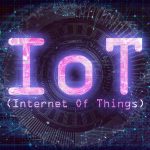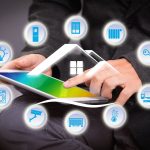The Internet of Things (IoT) is no longer a futuristic concept; it’s a reality that’s deeply integrated into our everyday lives. From managing our homes to enhancing healthcare, IoT applications are making life easier, smarter, and more connected. In this article, we’ll explore five of the most impactful ways IoT is being used in daily life.
1. Smart Homes
Imagine controlling your home’s lighting, temperature, and security with just your voice or a smartphone app. That’s the power of IoT in smart homes. Devices like smart thermostats (e.g., Nest), smart lights (e.g., Philips Hue), and video doorbells (e.g., Ring) provide convenience, energy efficiency, and peace of mind. With IoT, your home can even learn your habits—automatically adjusting settings to suit your preferences.
2. Wearable Devices
Wearables have become a staple in personal health and fitness. Fitness trackers and smartwatches, such as Fitbit and Apple Watch, monitor metrics like steps, heart rate, and sleep patterns. Beyond fitness, some wearables are equipped to track medical conditions, such as irregular heart rhythms, and can send alerts to both users and healthcare providers.
3. Connected Cars
IoT has brought remarkable advancements to the automotive industry. Connected cars feature systems that offer real-time navigation, traffic updates, and diagnostics. Tesla, for instance, uses IoT to enable over-the-air software updates for its vehicles. In addition, IoT powers autonomous driving technologies, bringing us closer to a future where cars drive themselves safely and efficiently.
4. Healthcare
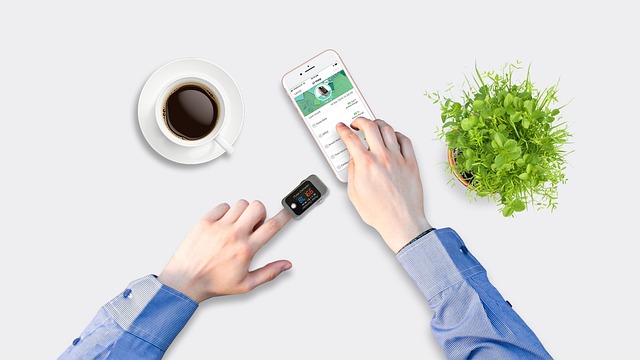
IoT is revolutionizing healthcare with devices that monitor patients remotely. Smart medical devices, like glucose monitors and wearable ECG sensors, transmit data to healthcare providers, enabling timely interventions. For elderly or chronically ill patients, IoT ensures continuous care without frequent hospital visits.
5. Smart Cities
IoT is making cities smarter by addressing urban challenges. Smart traffic management systems reduce congestion by analyzing real-time traffic data and optimizing signal timings. Waste management systems equipped with IoT sensors monitor bin levels and schedule pickups only when necessary. From public safety to energy efficiency, smart city initiatives are improving the quality of urban life.
Summary of Top 5 Applications of IoT
The applications of IoT in daily life are vast and varied, touching nearly every aspect of how we live and work. From the comfort of our homes to the efficiency of our cities, IoT is driving innovation and improving experiences. As technology continues to evolve, the possibilities for IoT will only grow, making our lives even more connected and convenient.
- Designing a Smarter Home in 2026: What People Get Wrong About Automation
 Smart homes were once science fiction, but today they’re a reality in millions of households. With voice assistants, smart plugs, and automated lighting systems, it’s easy to assume home automation is simply a matter of plugging in a few devices. Yet, many homeowners quickly discover that “smart” doesn’t always mean simple. In this article, we’ll…
Smart homes were once science fiction, but today they’re a reality in millions of households. With voice assistants, smart plugs, and automated lighting systems, it’s easy to assume home automation is simply a matter of plugging in a few devices. Yet, many homeowners quickly discover that “smart” doesn’t always mean simple. In this article, we’ll… - Automated Online Trading: How IoT is Redefining Financial Markets
 Introduction automated online trading In a world where milliseconds can decide millions, the fusion of Internet of Things (IoT) technology and automated online trading is reshaping global finance. What once relied solely on human judgment now increasingly depends on connected machines, real-time data, and predictive algorithms. From weather sensors influencing agricultural trades to smart logistics…
Introduction automated online trading In a world where milliseconds can decide millions, the fusion of Internet of Things (IoT) technology and automated online trading is reshaping global finance. What once relied solely on human judgment now increasingly depends on connected machines, real-time data, and predictive algorithms. From weather sensors influencing agricultural trades to smart logistics… - The Role of Linux in IoT: Powering the Connected World
 The Internet of Things (IoT) is everywhere—from smart homes and wearable devices to industrial automation and self-driving cars. Behind the scenes, one operating system plays a surprisingly dominant role: Linux. Known for its stability, flexibility, and open-source nature, Linux has become the backbone of countless IoT devices and platforms. But what makes Linux so well-suited…
The Internet of Things (IoT) is everywhere—from smart homes and wearable devices to industrial automation and self-driving cars. Behind the scenes, one operating system plays a surprisingly dominant role: Linux. Known for its stability, flexibility, and open-source nature, Linux has become the backbone of countless IoT devices and platforms. But what makes Linux so well-suited… - The Smart Home Revolution in 2025: How IoT is Transforming Everyday Living
 In the past decade, the vision of a truly smart home has moved from futuristic fantasy to everyday reality. As we step into 2025, the Internet of Things (IoT) has matured into a robust ecosystem, connecting appliances, security systems, lighting, and even entertainment devices under one seamless digital roof. The result? Homes that are safer,…
In the past decade, the vision of a truly smart home has moved from futuristic fantasy to everyday reality. As we step into 2025, the Internet of Things (IoT) has matured into a robust ecosystem, connecting appliances, security systems, lighting, and even entertainment devices under one seamless digital roof. The result? Homes that are safer,… - IoT and Data Privacy: How Safe Is Your Smart Home in 2025? – IoT Security
 The smart home revolution has made everyday life more convenient than ever. From voice assistants that control the lights to security cameras that send alerts directly to your phone, connected devices have become part of our daily routines. But with this convenience comes an important question: how safe is your personal data in a world…
The smart home revolution has made everyday life more convenient than ever. From voice assistants that control the lights to security cameras that send alerts directly to your phone, connected devices have become part of our daily routines. But with this convenience comes an important question: how safe is your personal data in a world…
